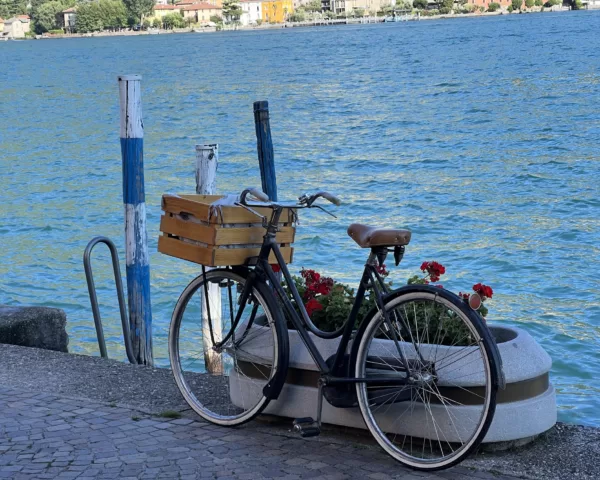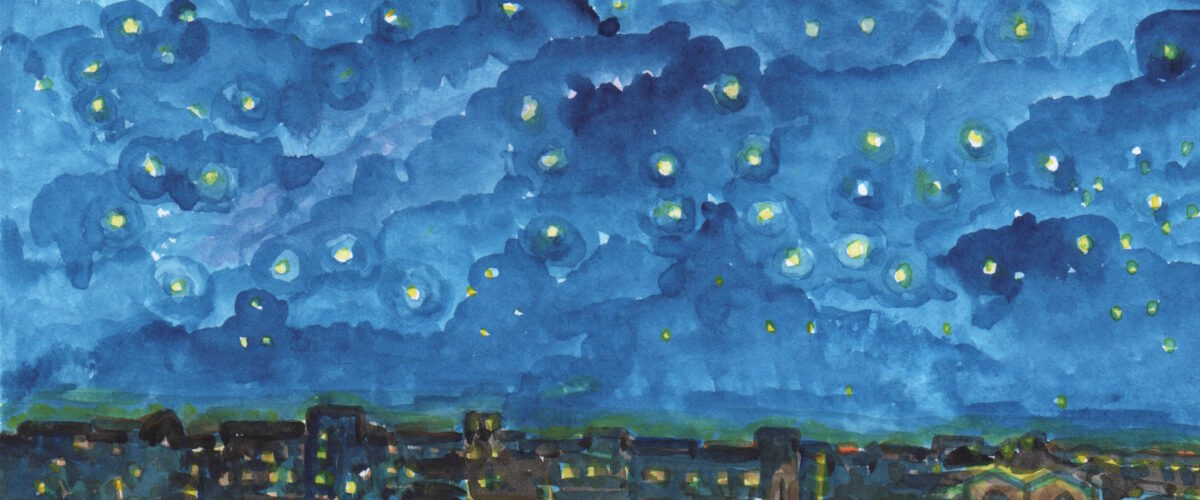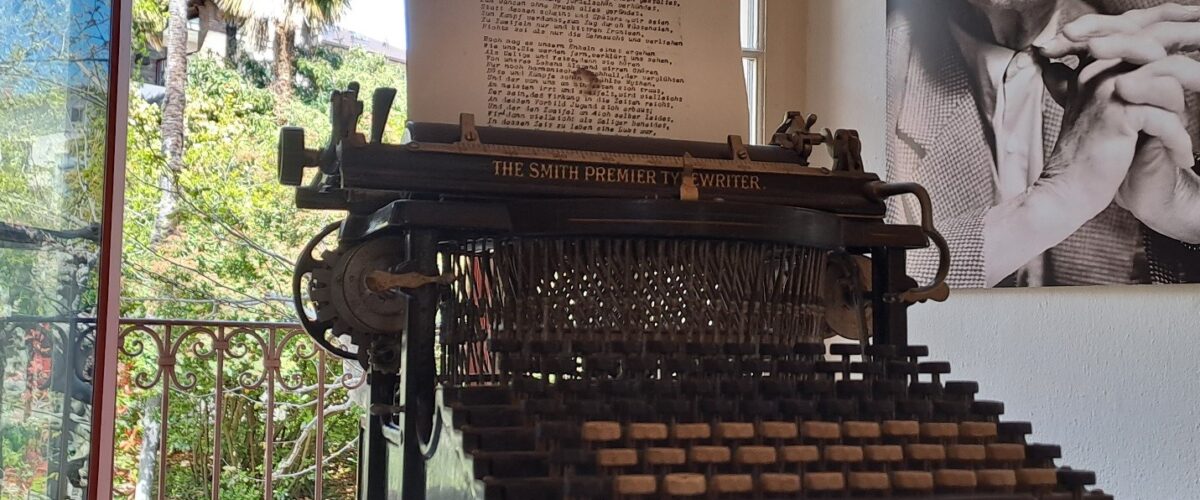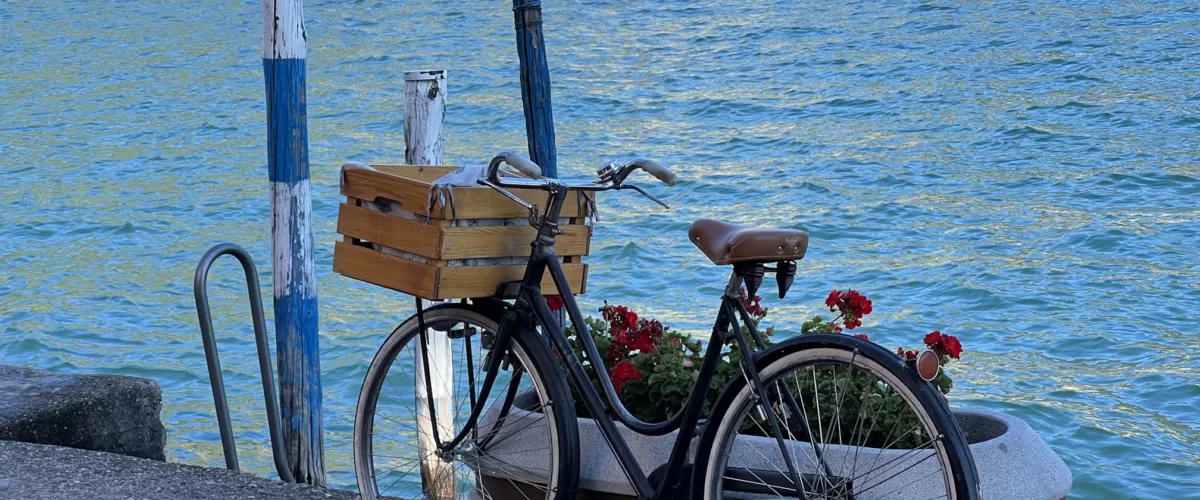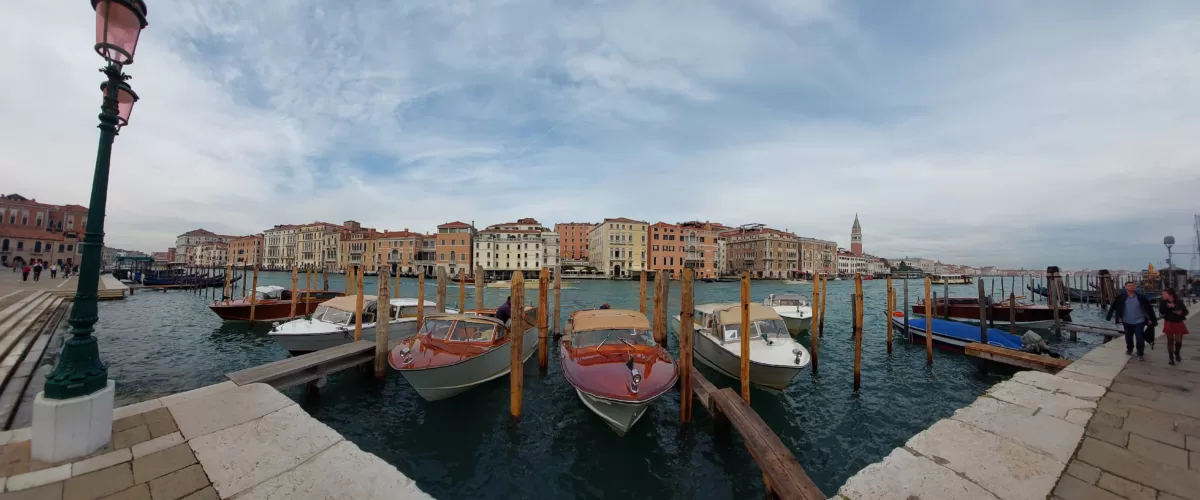SALINE FOODSCAPES OF THE ISLAND OF PAG – MAGIC OF WIND AND SALT
Pag Island is located in northern section of the Adriatic Sea. It is characterised by the most indented coastline. It extends northwest-southeast along the coast at the bottom of Velebit Mountain, forming the Velebit Channel. Many experts, historians, archaeologists, agronomists, botanists, biologists and climatologists may notice that throughout the history of Pag Island, very important role was played by its physical characteristics. In a way, they also formed the relationship between the inhabitants of Pag and their living and work space.
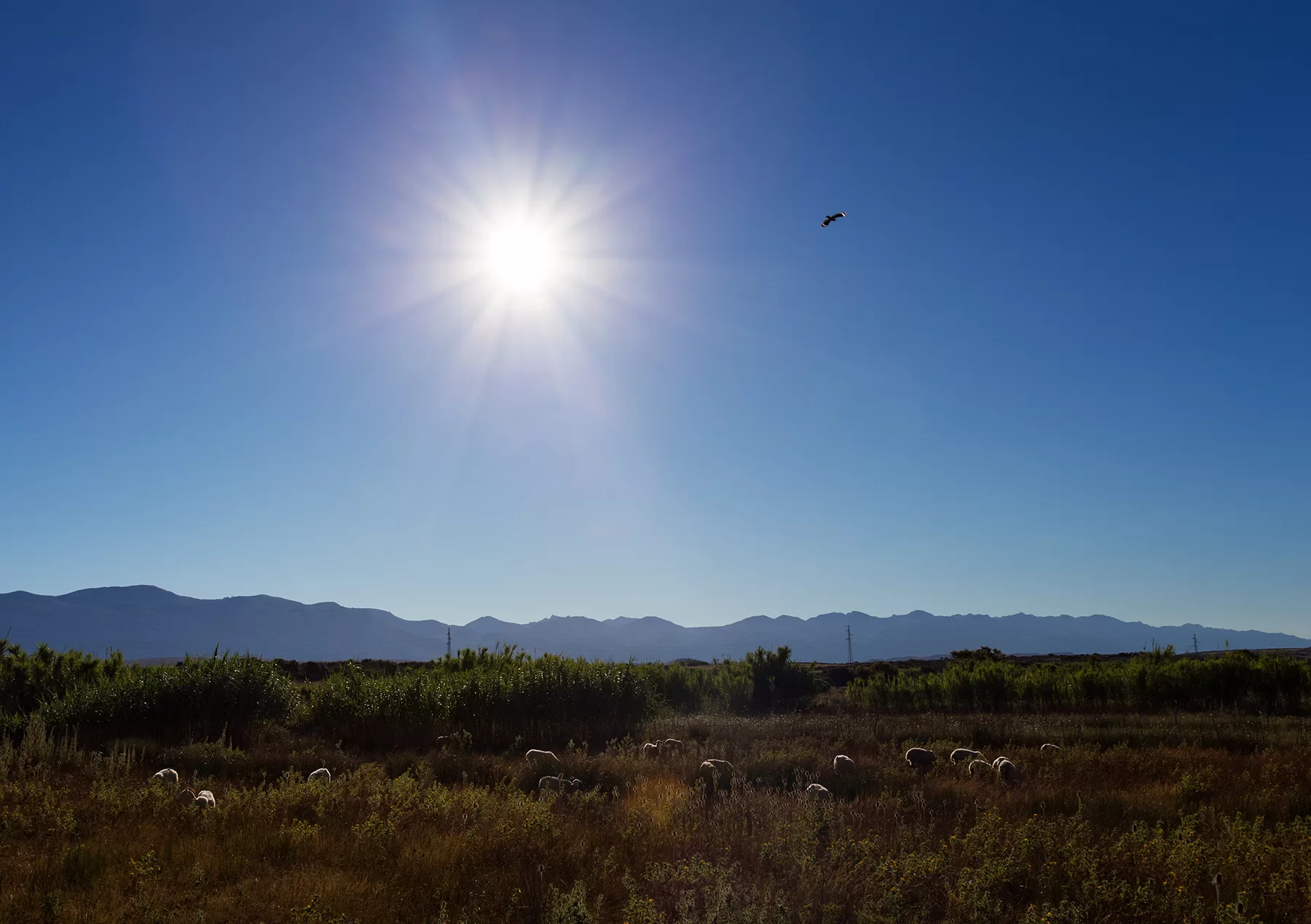 Pag: Velebit above it, the harsh sun, reeds in front of the stone, and the hoopoe bird (Upupa epops) above everything in its morning flight.
Pag: Velebit above it, the harsh sun, reeds in front of the stone, and the hoopoe bird (Upupa epops) above everything in its morning flight.
One cannot escape from thinking about salt, and salty landscape when visiting Pag Island. Why is that so? Pag Island’s tourism has always advertised its peculiar landscape, but also particular cuisine markers such as Pag cheese, Pag lamb and actual Pag salt. The island is well-known for scarce vegetation in some parts, which are often compared to the Moon’s surface. However, in addition to the scarce landscape with vegetation on the island of Pag, it is possible to find fields of cattail and specific holm oak forests.
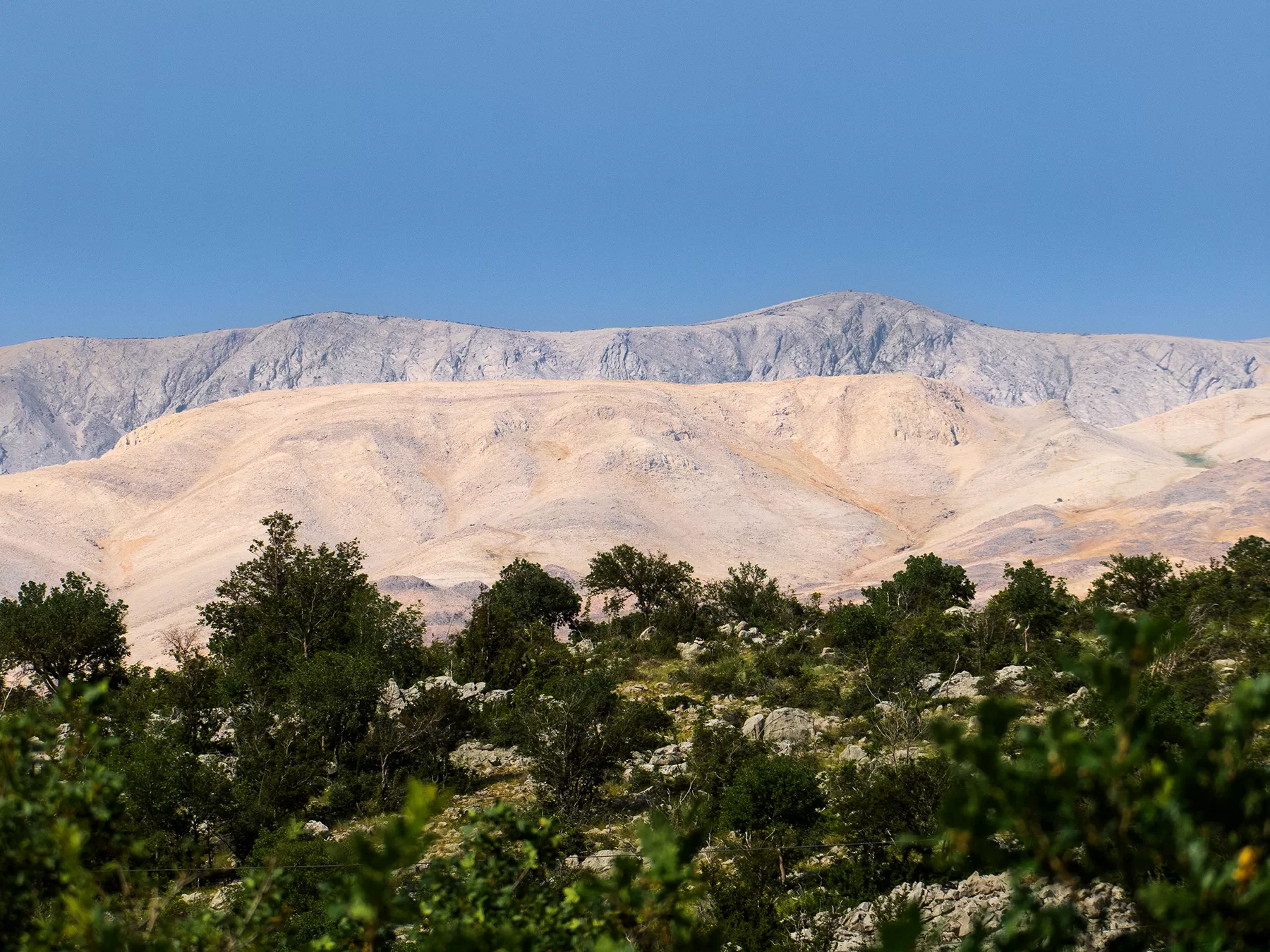 The view of St. Vid, the highest peak on the island of Pag (348 meters above sea level), reveals the typical landscape often compared to a lunar scenery.
The view of St. Vid, the highest peak on the island of Pag (348 meters above sea level), reveals the typical landscape often compared to a lunar scenery.
Rocky landscape and sheep grazing a few aromatic herb leaves – quite an impressive image. Because of its position below Velebit Mountain, the island is exposed to the strong wind called bora (particularly in wintertime).
Bora (Bura)
 The reeds along the Kolan mudflats bending under the sharp gusts of bura wind.
The reeds along the Kolan mudflats bending under the sharp gusts of bura wind.
Bora is a strong, dry and cold wind, changeable – swiftly changing direction and speed; turbulent wind blowing from mainland, mostly in colder part of the year – usually along eastern coast of the Adriatic Sea. Bora is a turbulent wind from the land that mainly blows along the eastern coast of the Adriatic Sea in the cold season, and originates at Velebit. Although it purifies the air, the inhabitants of the island of Pag often experience the unpleasant consequences of this wind. In addition to changing the landscape, storms also affect their lives – the island is often cut off from the mainland due to strong storms, and the locals are also cut off from each other. Sometimes, due to strong gusts, children do not go to school in other places on the island.
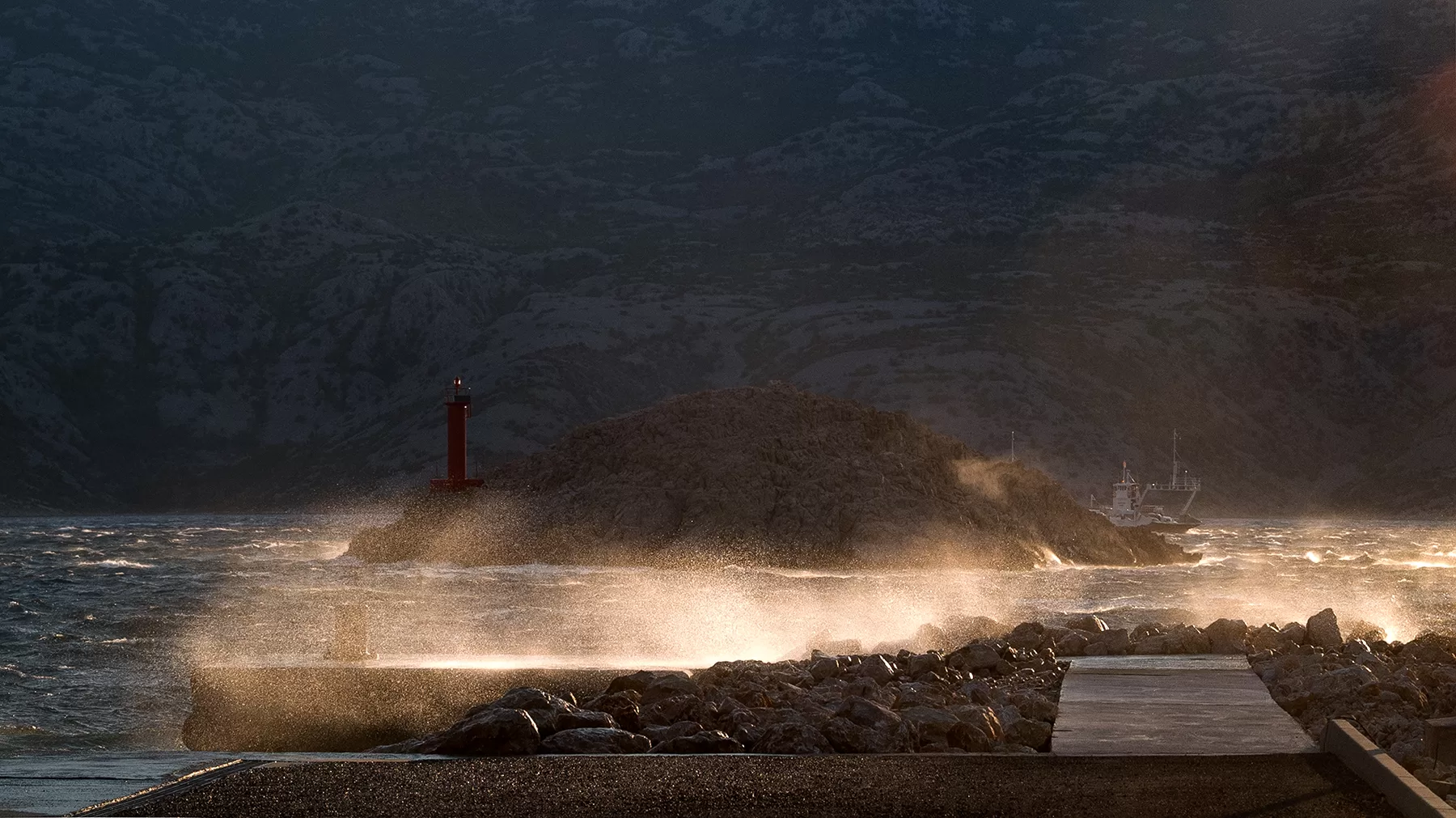 It is the gusty bura wind from the Velebit Channel – lifting the sea to the island, causing ferries to take a detour.
It is the gusty bura wind from the Velebit Channel – lifting the sea to the island, causing ferries to take a detour.
Because of bora wind, the island is almost completely covered in salt from the Velebit Channel. When sea foam settles on solid surfaces, dries quickly and forms a layer of salt called posolica are met. After the sea bubbles evaporate, a thin layer of salt remains.
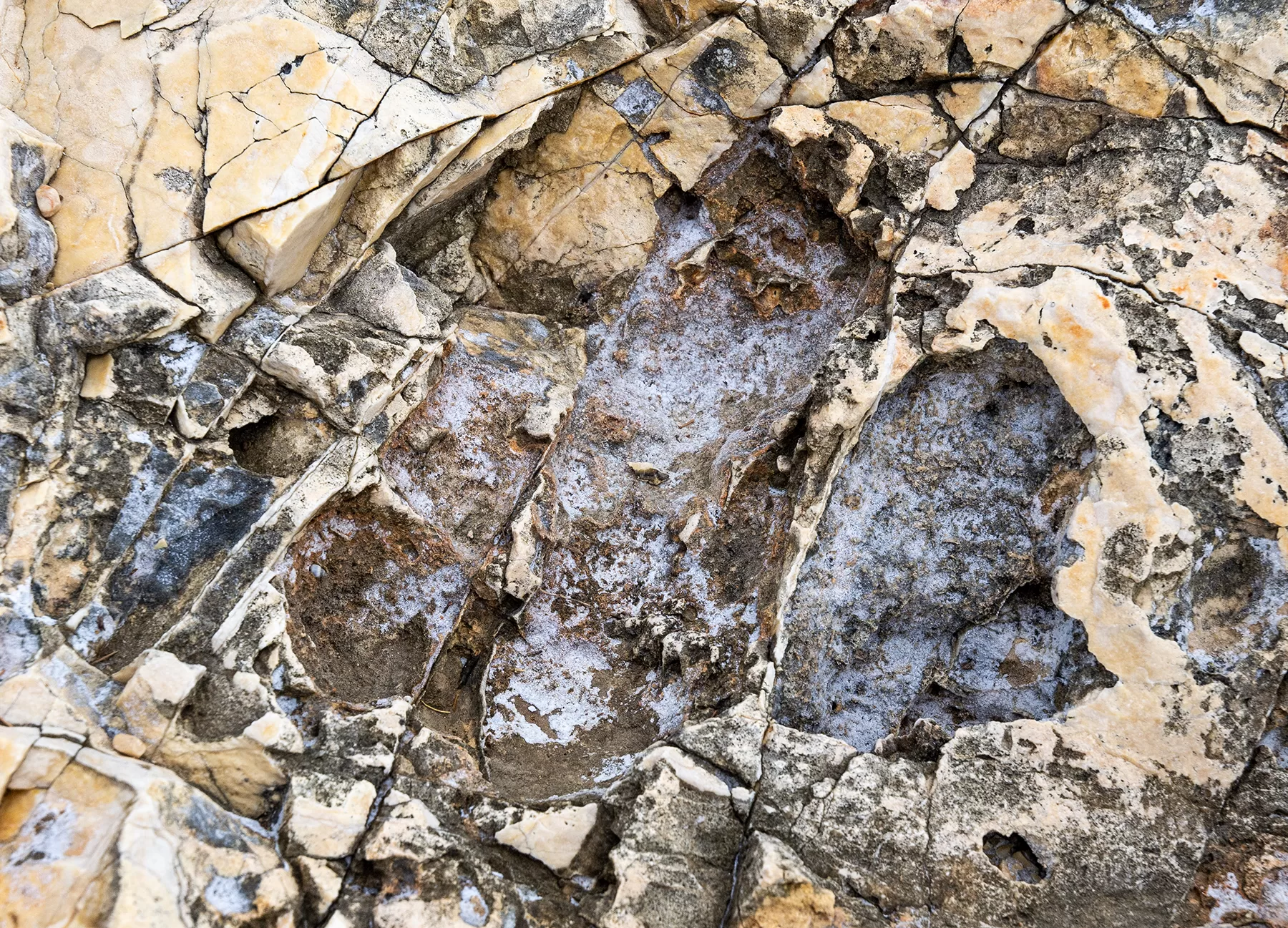 A thin layer of salt in the limestone crevices of Pag – shaped in the coastal rocks by the enduring impact of the waves.
A thin layer of salt in the limestone crevices of Pag – shaped in the coastal rocks by the enduring impact of the waves.
It can usually be found in the areas exposed to bora wind, like Pag, where bora brings sea bubbles from the Velebit Channel. Other kinds of winds do not cause posolica and it is necessary to clean them).
 Thus begins the creation of Pag cheese: with the grazing of aromatic herbs seasoned by the salted breeze.
Thus begins the creation of Pag cheese: with the grazing of aromatic herbs seasoned by the salted breeze.
Salty plants and herbs are a delicacy for domestic animals. The Pag island’s sheep farming depends on it profoundly, because salt deposits on grass and aromatic herbs result in unique flavour and quality of sheep milk, whereas Pag cheese made of this milk has a truly special taste. People have been using posolica in meat production for ages, but also for fish and meat preservation (curing prosciutto).
 While many might think that there isn’t much life on the rocky pastures of Pag, this photograph conceals perhaps around ten sheep!
While many might think that there isn’t much life on the rocky pastures of Pag, this photograph conceals perhaps around ten sheep!
Historical sources tell us that salt was first used on Pag island in late antiquity, while systematic salt exploitation began in early medieval period in Solinka Bay near the town of Pag. Salt was one of the most important products used in the trade of the Mediterranean and Adriatic during medieval and early modern period. Apparently, the town of Pag, where saltworks was built, had to be moved to a more strategic location in the 15th century, where salt production could be controlled more easily – at the entry point of Solinka Bay (Brgles 2014).
Pag salt plant is one of the biggest on Croatian coast and it is possible, unlike the one in Nin or others, to perceive it in a way as part of industrial heritage of the island, or even whole Croatian coast, when it comes to salt production.
Salt / Saltworks
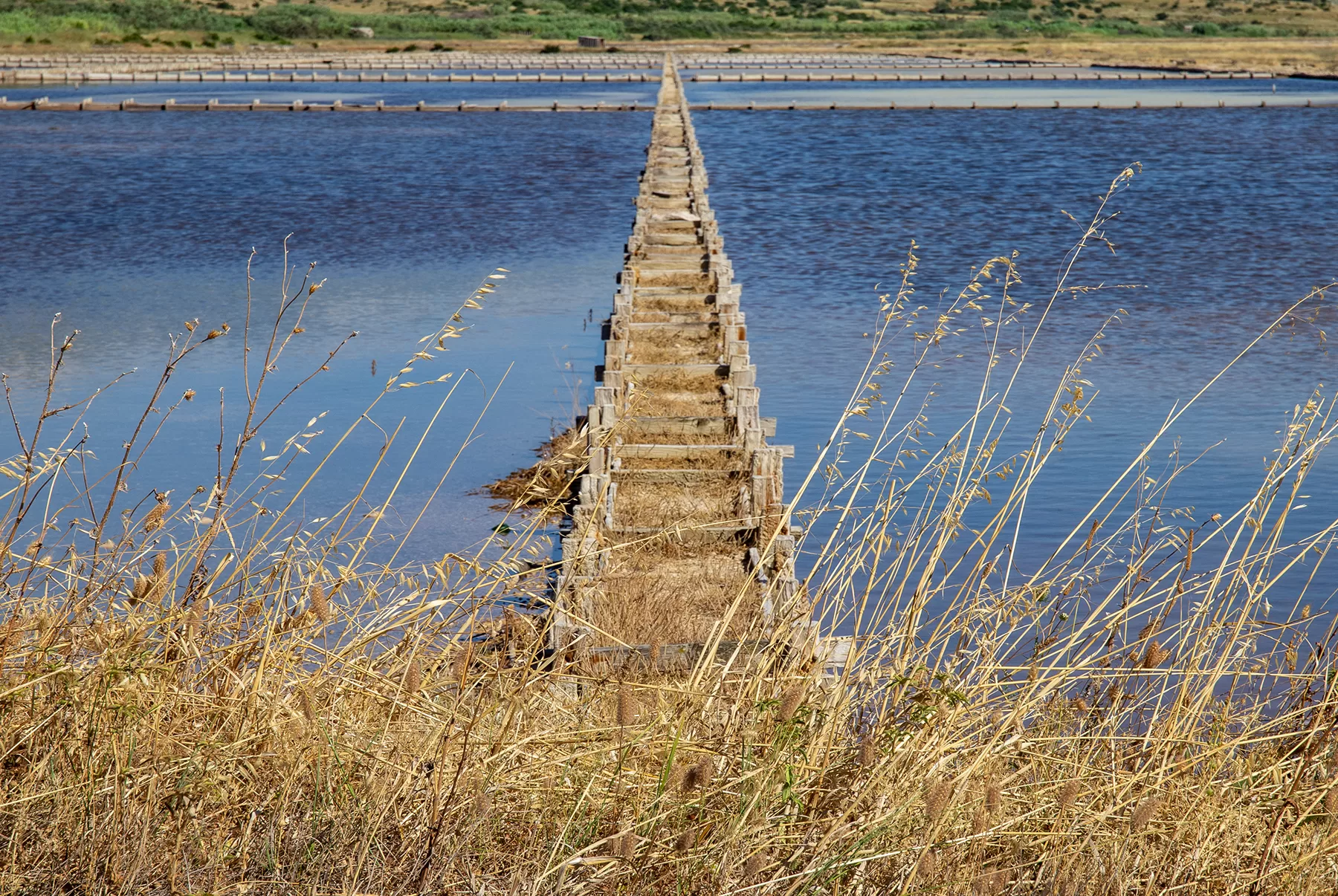 Dividers in the salt pans of the Solina bay.
Dividers in the salt pans of the Solina bay.
Salt as the basic foodstuff writes out the history of manhood. In the past it was referred to as white gold, while today we can often hear it is labelled white evil. Human nature, among other things, prone to immoderation and lack of restraint in various appetites, has brought the world to the level where certain life-essential foodstuffs should be used with caution. Salt is one of them. That is why promotion and marketing of Pag Saltworks guides consumers to benefits of using salt, especially Pag salt owing to truly specific micro-conditions where it is produced.
Pag Saltworks (Solana Pag d.d.) is the biggest producer of sea salt in Croatia. Its production is founded on millennial tradition of salt production on Pag Island. First written records date back to 9th century. Until 1908 there were 133 small saltworks, which were then bought by Austro-Hungary and in 1911 reopened after unification into a single, big saltworks. The saltworks was once again modernised in 1980 after a plant construction, which increased the production capacity.
At the beginning of the 1990s, Pag Saltworks began to expand its product line and so today, besides fine and coarse sea salt and industrial salt, it also produces Fleur de Sel, dishwasher salt, bath salts, nutrient-enriched salt and herbal salt.
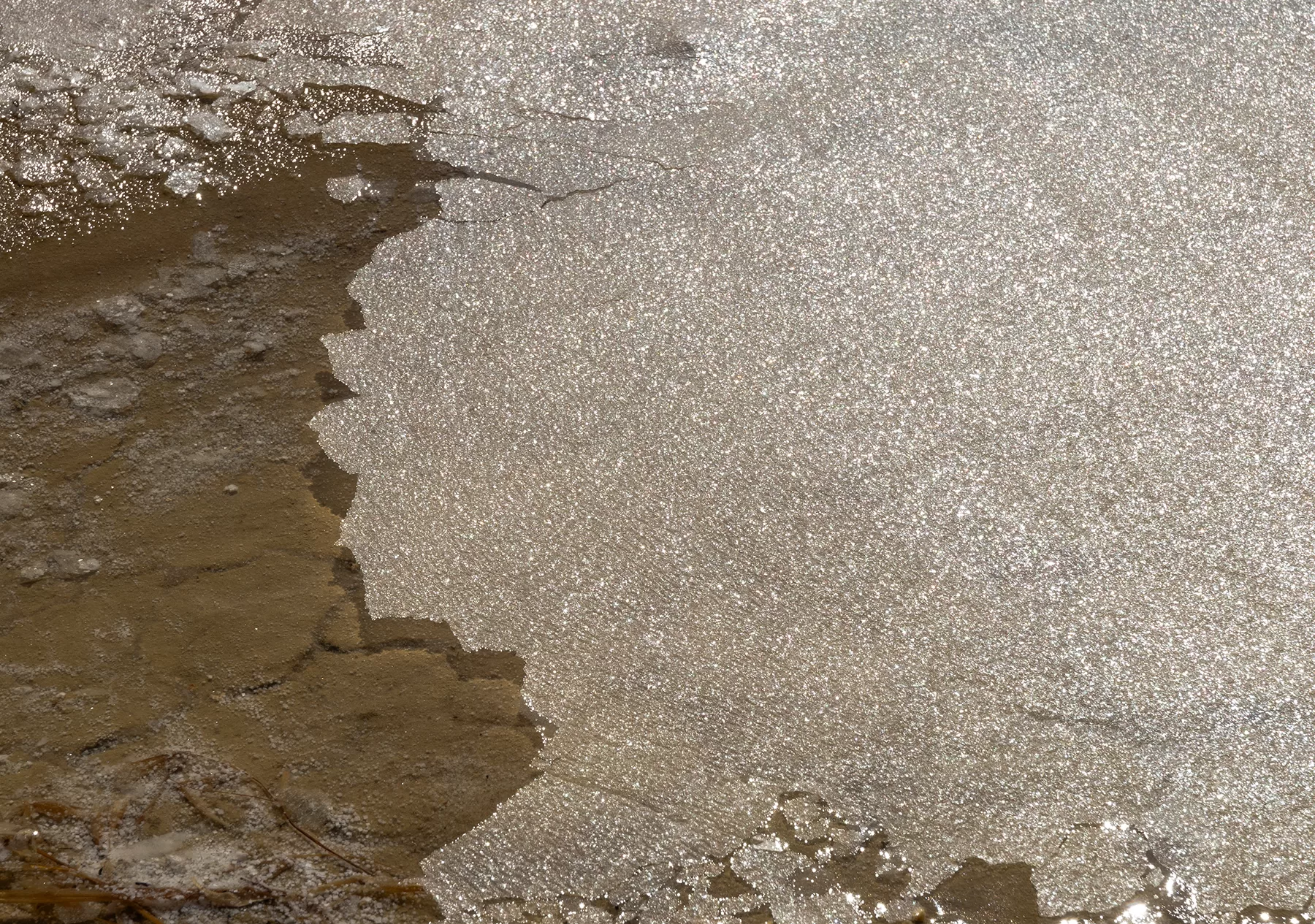 The gentle shallows of the Pag salt pans in the Solina bay contribute to the formation of a thin layer of salt, used as a finishing touch on our food – the birth of the salt flower.
The gentle shallows of the Pag salt pans in the Solina bay contribute to the formation of a thin layer of salt, used as a finishing touch on our food – the birth of the salt flower.
The production technology in takes maximum advantage of its location – a pristine environment, a high number of sunny days, impermeable ground, favourable winds – so the purity of Pag’s salt makes it among the highest-quality salt in Europe and the world. As proof of its quality and specificity, Pag saltworks has received a label of national designation of origin from the Ministry of Agriculture, Fisheries and Rural Development and in April 2019 this was confirmed by the European Union. The salt produced in Pag Saltworks is rich in minerals, of which most are necessary to human health, and modern installations are used to iodize it, making it an essential component of any healthy diet. Product advertising focuses on the landscape’s uniqueness which affects the extraordinary and unparalleled salt quality. Even though Pag sea salt is similar to all other sea salts, it is still different in terms of particular salt crystal shape (perfect cube), granulation and purity. It is one of the highest-quality salts in the world.
 Large salt crystals on the edges of the Saltworks Pag pools.
Large salt crystals on the edges of the Saltworks Pag pools.
One can read the following on Pag Saltworks’ website https://solana-pag.hr/?lang=en The island of Pag has always met special conditions for sea-salt production. The local micro-climate, the high number of annual sunny days, constantly blowing winds, bare stone and very meagre vegetation all together create a unique landscape. Solana Pag is the largest producer of sea salt in Croatia, and its operations are based on a thousand years of tradition in salt production on the island of Pag.
Pag Cheese / Dairies and Pag Lamb
 The olive tree above the Slatina valley, weathered by many years of strong winds, provides a welcome refuge for the sheep when the sun beats down.
The olive tree above the Slatina valley, weathered by many years of strong winds, provides a welcome refuge for the sheep when the sun beats down.
Salt is the key ingredient in the other two food products that make a certain kind of gastronomic and touristic identity of Pag Island – the Pag cheese and Pag lamb. The Pag cheese advertisements stress the uniqueness of Pag landscapes and its effect on accentuating the flavours and scents of particular herbs in cheese, which sort of confirms the locality and landscape. By the way, Pag cheese is sheep cheese. Pag Island is home to Pag Cheese Dairy which also has a long tradition. There are other dairies on the island, of course – smaller, family-run trades, but they are not as old and big as this one. Pag Cheese Dairy (Paška sirana) was founded in 1946 as an agricultural cooperative – it was small and had its own herd of sheep. Like the saltworks, over the years it went through different organisation forms up until 1992, when it became a joint-stock company. In 2008 a new plant for milk processing and dairy production was built. Like the saltworks, it was acclaimed with many awards for particular products. Pag cheese was awarded the label of particularly outstanding Croatian island products, while its production is on the Intangible Cultural Heritage List of Croatia’s Ministry of Culture. Advertising Pag cheese suggests that by consuming Pag cheese “one becomes a direct consumer of the culture”. Also, advertisements often say that “… there is a particular pasture and particular locality behind Pag cheese: aromatic herbs hardened with salt that is built up by each bora wind blow; rocky terrain filled with essential scents on windy and sun-kissed Pag…”.
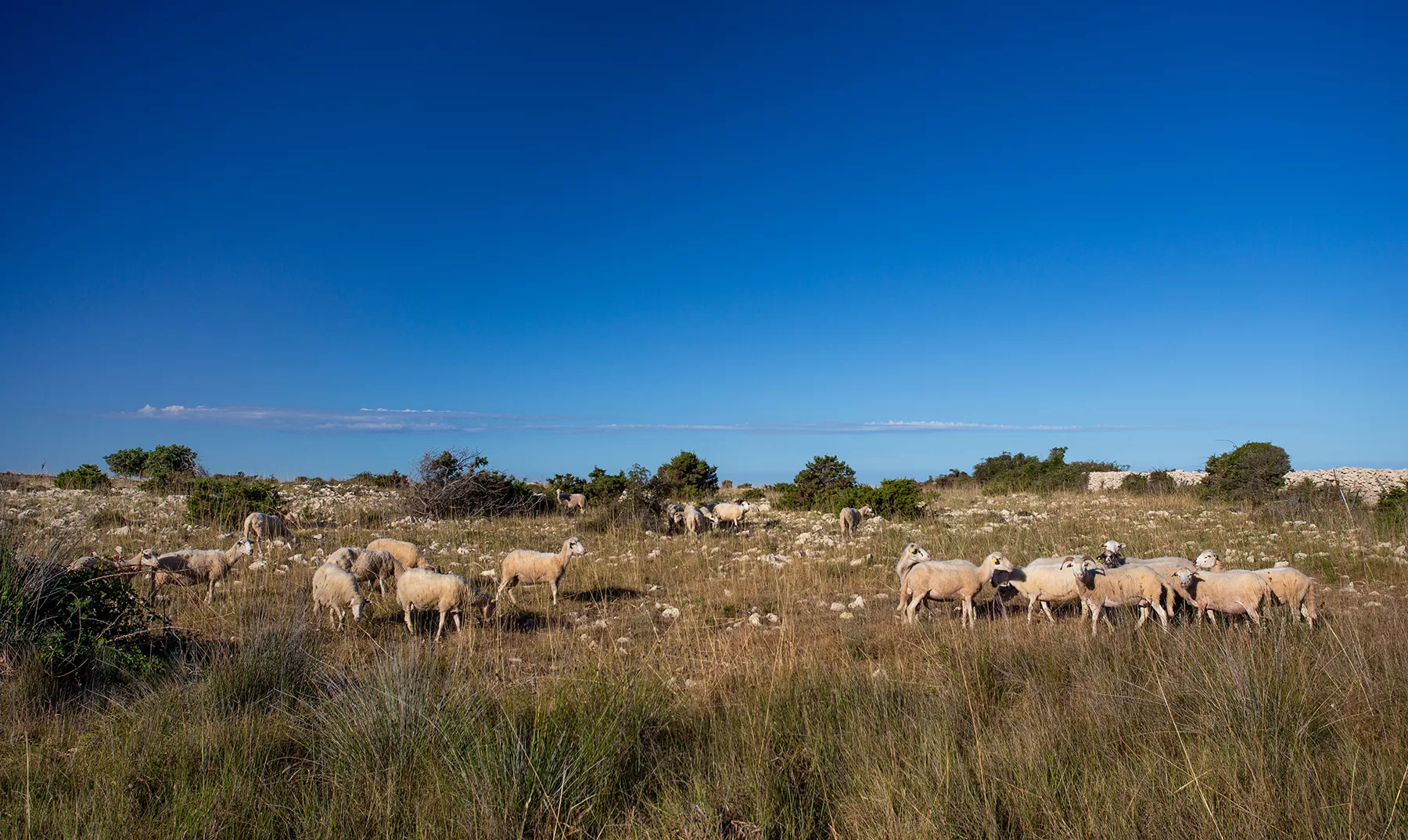 Ram watches over his sheep near the right group. The lambs are no more, either grown, either…
Ram watches over his sheep near the right group. The lambs are no more, either grown, either…
The same narratives are repeated in the promotion of yet another food product – the Pag lamb. The photographs you can see speak more than a thousand words. This gastronomic and culinary delicacy also accentuates the locality and distinctiveness of the island, the combination of climate, geography, human workmanship and skill.

When the bura wind around Pag creates “little sheeps” at sea.
The peculiarity of the climate is manifested in the specific wind that affects the landscape, modifies it in many ways and contributes to its cultural identity – which is manifested through tourism promotion, but also in the daily life of the island’s inhabitants.
We can see that all famous and popular food products of Pag Island contain “salty” landscape in its base, and their advertising is a near synesthetic experience – visually, we feel the saltiness of the products as well as the island of Pag itself. The synergy of wind and salt celebrates our taste buds. Pag equals salt.

One of the millennia-old trees in the wild Olive gardens of Lun.
Text: Melanija i Janko Belaj
Photos: Janko Belaj
References:
- Brgles, Branimir. 2014. “Odabrane teme iz paške povijesne toponimije. Sol, drvo, vjetar i voda: glavne značajke paškoga povijesnoga okoliša u srednjem i ranom novom vijeku”. Ekonomska i ekohistorija 10/10: 189-198.
- https://solana-pag.hr/?lang=en
- https://www.paskasirana.com/
About authors:
Melanija Belaj is senior research associate in the Institute of Ethnology and Folklore Research in Zagreb. She is the author of the two books: Vino, rakija, a može i limončelo. Etnografija obiteljske proizvodnje i konzumacije alkoholnih pića (2018) i Obiteljska fotografija. Kulturnoantropološka perspektiva (2020), and co-editor of the book Turist kao Gost. Prilozi kulinarskom turizmu (2009). She is co-author of the exhibition Faces of Hunger (2022, Ethnographic museum Zagreb). Most of her scientific interests are related to food culture – gender and symbolic role of food and drinks in a cultural context, culinary tourism, and social practices of open food markets. Her recent research is related to everyday life of homeless people in the city of Zagreb.
Janko Belaj (born 1965) is an independent artist, photographer, and graphic designer. His early works were published in the late 1970s, and since then, he has provided photographs for various exhibitions and monographs (MUO, Museum Space, Mimara, National Gallery in Ljubljana, etc.). He has worked for numerous publishers, marketing agencies, and design firms (Školska knjiga, Kult, OFM, CWH, Hand Design, McCann, HAZU, etc.).
In 1998, he founded the first domestic portal dedicated to photography (fotozine.org). He is a member of the Department for Photography of ULUPUH, where he is president in fourth term, as well as the groups Kadar 36 and HZSU. Belaj has participated in around 30 group juried exhibitions and has individually presented about 10 exhibitions in Croatia and neighboring countries. A overview of his exhibitions is available at https://belaj.com/en/.


